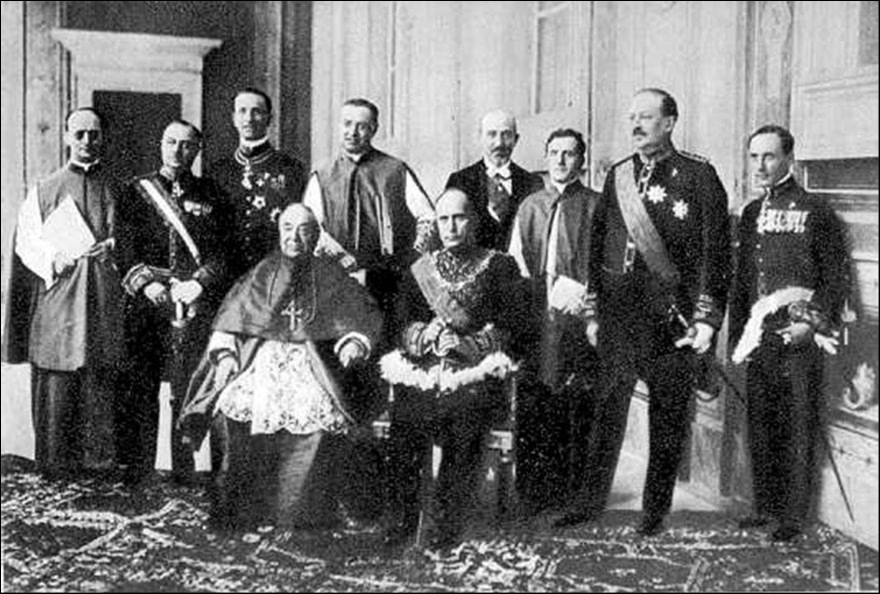The Lateran Treaty, signed on February 11, 1929, and ratified on June 7, 1929, was a landmark agreement between the Kingdom of Italy and the Holy See, establishing Vatican City as a sovereign state. This treaty resolved the “Roman Question,” a longstanding dispute between the Holy See and the Italian government that had existed since the unification of Italy in the 19th century.

The treaty’s significance extends beyond the establishment of Vatican City’s sovereignty. It also recognized the Catholic Church’s independence and sovereignty within the Vatican’s territory, allowing the Holy See to maintain its diplomatic relations with other countries.
The Lateran Treaty has had a lasting impact on international relations, as it established the Vatican City as a unique entity with diplomatic relations with over 180 countries. The treaty’s legacy continues to shape the Vatican’s role in global affairs, particularly in promoting peace, dialogue, and human rights.



